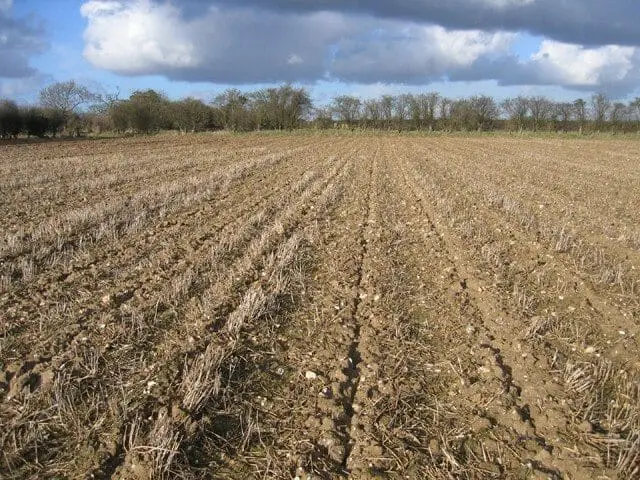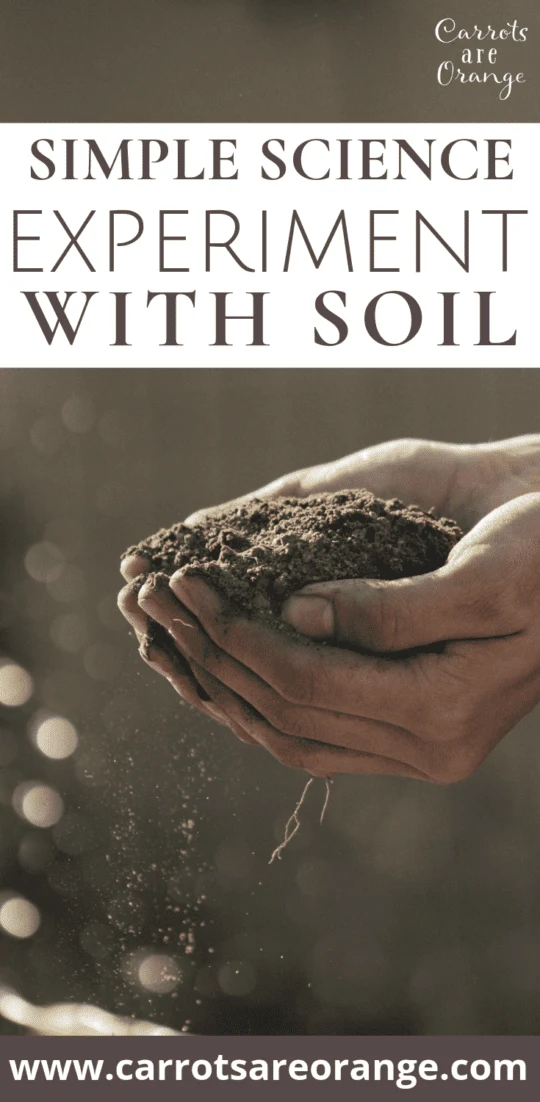Have you ever wondered what is in the soil around where you live? Do you want to get your kids outside, exploring the natural world and exercising their scientific curiosity? Introducing them to soil science can be an exciting way to do just that! As parents and teachers, we know how important it is for our kids to learn about the earth around them – and there’s no better time than now.
By giving them a fun and easy science experiment to explore basic concepts of soil structure, texture, pH balance, water content, and much more, you can spark their passion for learning in a unique way. Today's post will show you how with a simple but effective soil experiment geared toward younger minds. So let’s get started!
Where Does Soil Come From?
Soil Facts for Kids
- Soil is a mixture of minerals, organic matter, air, water, and living organisms. It forms a layer on the Earth's surface and plays a vital role in supporting plant growth.
- There are different types of soil, such as sandy soil, clay soil, loamy soil, and silt soil. Each type has unique characteristics and affects the way plants grow.
- Soil is formed through a process called weathering, where rocks break down into smaller particles over time due to factors like wind, water, temperature changes, and the actions of living organisms.
- Soil is essential for growing food. Farmers rely on healthy soil to grow crops, as it provides the necessary nutrients and support for plant growth.
- Soil acts as a natural filter. When water passes through soil layers, it helps to purify and clean the water by removing impurities and pollutants.
- Soil is teeming with life. It is home to a diverse community of organisms, including earthworms, bacteria, fungi, insects, and small animals. These organisms play vital roles in decomposing organic matter, cycling nutrients, and improving soil health.
- Soil erosion is a natural process that can also be accelerated by human activities. When soil erodes, it gets carried away by wind or water, which can lead to land degradation and loss of fertile soil for agriculture.
- Soil can vary in color, ranging from red, brown, and black to yellow or even white. The color of soil is influenced by factors such as the minerals present, organic matter content, and climate.
- Soil provides a habitat for many organisms. From tiny microorganisms to larger animals like burrowing mammals, soil supports a complex web of life beneath our feet.
- Soil is a non-renewable resource. It takes hundreds to thousands of years to form just a few centimeters of topsoil, making it important to conserve and protect the soil for future generations.
Earth Science for Kids – Soil
Here is a simple hands-on activity that will guide you to the answers. This activity is a twist on the Rainbow Jar science experiment that teaches children about density.
The idea is the same but the materials are different. The activity requires being outside, moving your body, getting your hands dirty, observing, and, well, patience. This Soil Science Experiment with Kids is the perfect introduction to botany and gardening for kids.

Social Experiment with Kids
What is soil?
Soil contains sand, silt, and clay. Clay is the smallest mineral component, while sand is the largest. So, the nutrients in sand drain faster than that in clay (and silt). So, plants will rely more on fertilization and watering.
The ideal combination is called loam. Loam contains 20% clay, 24% sand, and 40% silt.

Soil Science Experiment
Materials Needed for Soil Science Experiment
- Mason Jars
- Dirt
- Water

Approach to this Soil Science Experiment
- Find dirt from various spots that “look” different
- Fill the mason jar halfway with dirt from each of the chosen areas
- Fill almost the remainder of the mason jar with water
- Label each jar according to the area from which the dirt was obtained
- Ask the children to shake each jar
- Place in a “special” spot to settle
- Visit again in a few days to observe how the dirt has settled
This hands-on soil experiment allows children to explore the properties of different soil types and observe how they interact with water. It promotes scientific inquiry, observation skills, and critical thinking while fostering an understanding of the natural world.
By learning about soil, kids can gain an appreciation for the natural world and understand the importance of taking care of our environment. Exploring soil properties and their impact on plant growth can also be a fun and educational hands-on activity for children.
Learning about Soil Extensions
- Discuss density.
- Once you and the children have observed the soil and its components. Unless you have the perfect combination as noted above, ask the children what you might do to help the soil get a bit closer to the optimal combination. Talk about compost and manure, and other materials that may help the soil.
- Experiment again.
For more, check out:
- Activities for Early Childhood Outdoor Education
- Baby Activities in Nature
- Children’s Books about Seeds
- 5 Ways to Bring Storytelling to Life in Nature
- Three Easy Ways to Explore Nature
- Introducing Parts of a Seed to Preschoolers
- Preschool Physical Science Activity {Leaf Pounding}
I hope we inspired you today!
Marnie
